Covid’s spread raises stakes as restrictions tighten
The NSW government has imposed stricter restrictions on Sydney as Victoria recorded three community coronavirus transmissions.
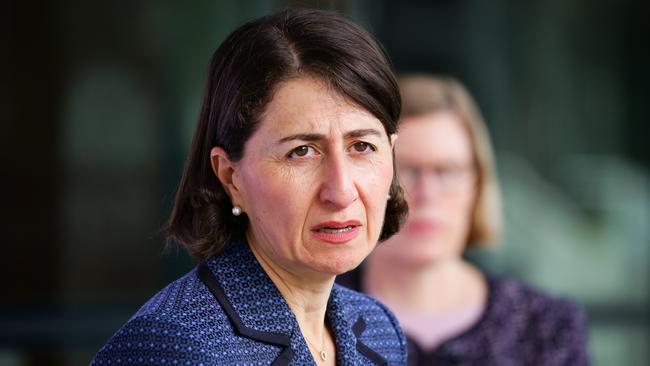
The NSW government has imposed stricter restrictions across Sydney with authorities struggling to control an outbreak spreading across the city and into Wollongong and the Blue Mountains.
As Gladys Berejiklian restricted family gatherings for New Year’s Eve and beyond to just five and blocked visitors from aged-care homes, Victoria recorded three community coronavirus transmissions, bringing to an end a two-month run of no new locally acquired cases.
The mystery cases, a woman in her 70s and two women in their 40s living in Melbourne’s southeast and eastern suburbs, are believed to be linked to the NSW outbreak.
Victoria’s COVID-19 response co-ordinator, Jeroen Weimar, said more than 40 people had been identified as close contacts of the three women and were isolating.
Victorian health authorities have identified at least three locations where the coronavirus may have been transmitted: Mentone, Glen Waverley and Oakleigh in Melbourne’s southeast.
With 18 new cases in NSW on Wednesday, the highest number in 10 days, Victoria extended restrictions on Sydneysiders to residents of the Blue Mountains and Wollongong.
Victorian Police Minister Lisa Neville described border reopening plans as “a long way off”.
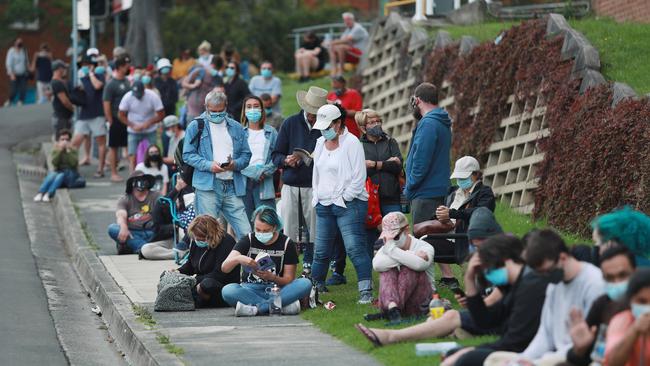
The Northern Territory also extended travel restrictions, banning residents of Sydney’s inner-western suburbs of Croydon, Croydon Park, Strathfield as well as Sutherland and Lilli Pilli, in the city’s south.
The West Australian government, meanwhile, has requested health advice about reimposing a hard border with Victoria.
Ms Berejiklian’s hopes of bringing Sydney’s coronavirus outbreak under control was dealt a blow when health authorities identified six positive cases in three families in Croydon that have yet to be linked to the original hotspot on the northern beaches.
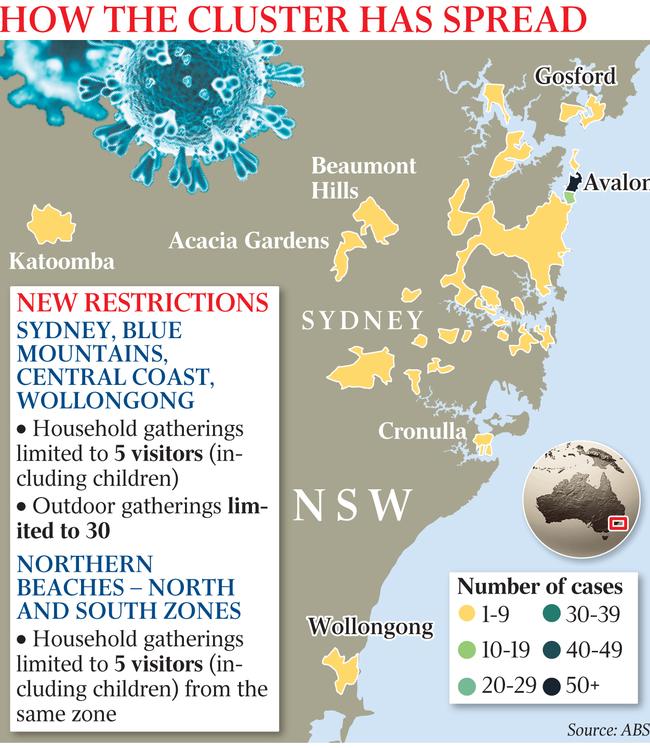
With 34 close contacts to these cases scattered across southwestern Sydney, the inner west and the city, NSW chief health officer Kerry Chant warned further cases were inevitable.
Health officials were struggling to get a grip on the outbreak, Dr Chant conceded.
“We have been concerned about these seeding events which may have seeded other parts and we have been clear because we don’t understand the full chain of transmission,” she said.
“We are concerned there may be unrecognised spread. We may not be able to perfectly map out the transmission chains that have occurred before. We are doing our utmost to determine and detect and link all of those cases, but we may not be able to.”
The cluster, which consisted of three adults and three children, was in addition to two cases in Wollongong, an additional nine linked to the Avalon cluster and one from northern Sydney, while Dr Chant said COVID-19 had been detected in the Liverpool sewage catchment.
In Wollongong, long queues wound down the Princes Highway as thousands waited for a coronavirus test.
With cases spread across the city, Ms Berejiklian said tighter restrictions would be implemented for New Year’s Eve, limiting indoor gatherings from 10 to five, and outdoor gatherings from 50 to 30. “We don’t want New Year’s Eve to be the cause of a superspreader,” the Premier said.
“Our preferred advice is that people just stay home.”
Restrictions on people visiting aged-care facilities were also implemented until January 6. Dr Chant said, with the full scope of transmission still unknown, she didn’t want the virus to be inadvertently introduced into homes.
New COVID-19 cases were reported on Wednesday at two pharmacies — one at Katoomba in the Blue Mountains and another in Rhodes. These cases were not included in the official figures released on Wednesday.
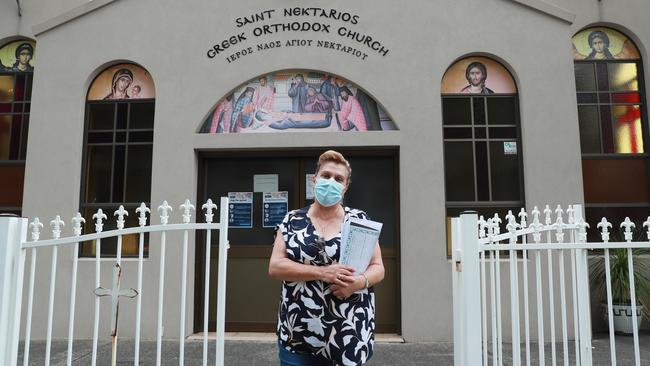
Ms Berejiklian said the threat of community transmission had magnified and the Croydon cluster was particularly concerning. “We have seen the proliferation of cases outside the northern beaches overnight and in particular can I stress … how important it is, firstly, to come forward and get tested if you have the mildest of symptoms,” Ms Berejiklian said.
New public health alerts were issued for a dozen venues across Sydney, including several in Bankstown.
Alerts were also issued for two venues in Shellharbour, south of Wollongong.
Ms Berejiklian resisted calls to hold the third cricket Test at the SCG without spectators, saying the event was safe to continue.
Dr Chant said patrons would be required to wear masks when they weren’t physically seated.
Kirby Institute epidemiologist Raina MacIntyre said the outbreak had come at “the worst time of year”, and warned its extent wouldn’t be known until mid-January.
“The people who got infected on Christmas Day will be at their peak of infectiousness on New Year’s Eve,” Professor MacIntyre said. “So New Year’s Eve is actually the biggest risk. And we won’t fully be across how that kind of panned out till the second week of January. By the end of the first week of January, we should have started to see cases go up then.”
Professor MacIntyre said three measures would help mitigate the risk of a lockdown: mandatory masks, an expedited rollout of the vaccine and the cancellation of all mass gatherings, including the cricket.
Sydney Business Chamber executive director Katherine O’Regan said businesses she’d spoken to were in favour of a “short, sharp lockdown”, in a bid to avoid a prolonged shutdown as was experienced in Melbourne.
“Businesses prefer that we get this over sooner,” she said.
Additional reporting: Joseph Lam, Rhiannon Down


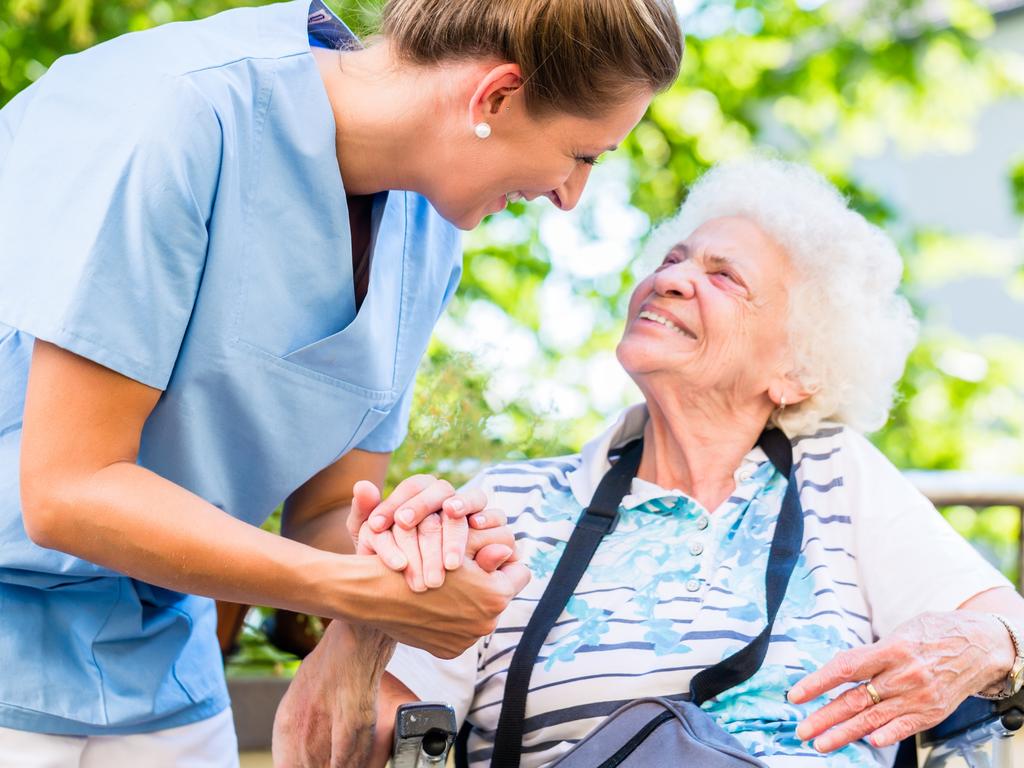
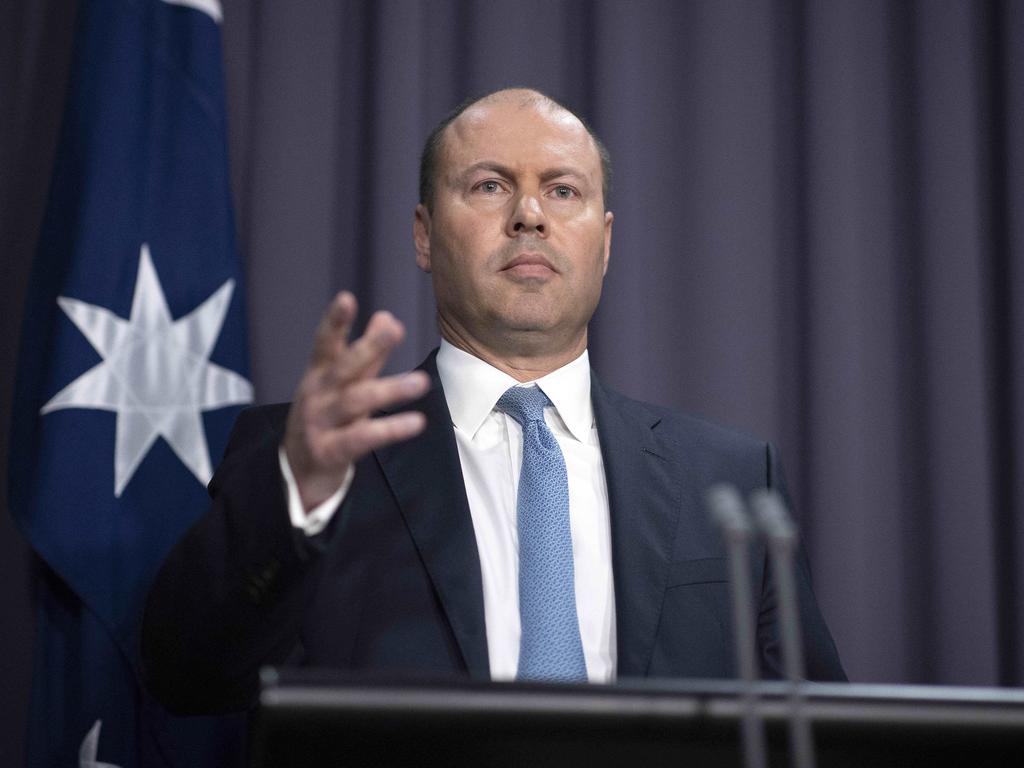



To join the conversation, please log in. Don't have an account? Register
Join the conversation, you are commenting as Logout